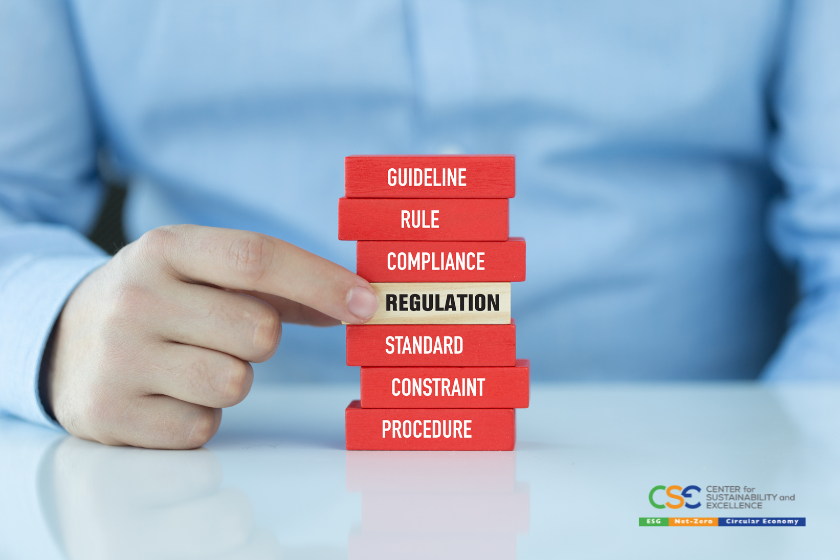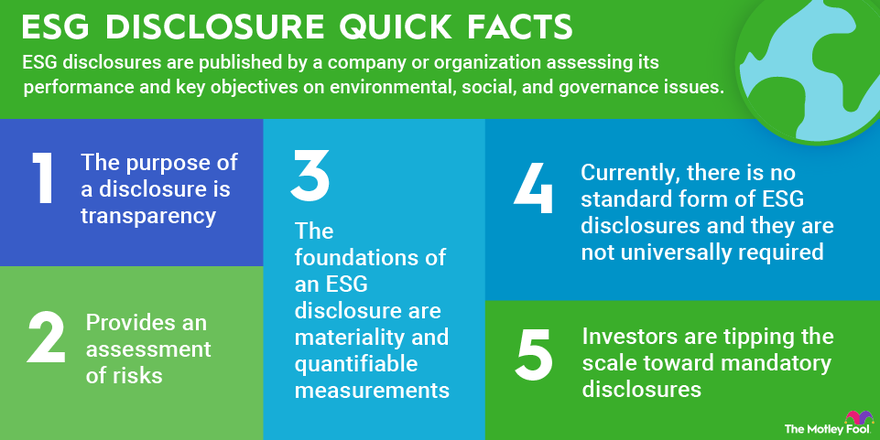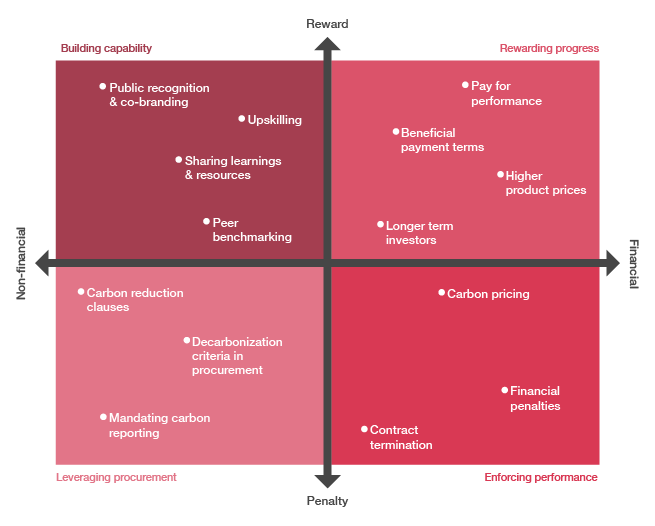Part
01
of three
Part
01
What are the Top Ten Issues Businesses Face in Achieving ESG Goals?
Introduction
Ten of the top issues businesses face in achieving their ESG goals are regulatory compliance, supply chain complexities, greenwashing, culture change, investor expectations, forming partnerships, data availability, limited resources, governance, and ESG reporting. Details regarding these issues have been provided in the following brief.
Regulatory Compliance
- The regulatory landscape surrounding ESG compliance is intricate and constantly evolving. Therefore, it is imperative for corporations to be updated with any amendments to regulations and industry standards.
- Government authorities around the world have published several ESG regulations focusing on issues such as climate change, diversity, and human rights. For instance, the PRI Association reports that about 1,000 ESG-related regulations were published for the investment industry.
- The recurrent modifications in ESG regulations can lead to confusion and uncertainty. This dynamic regulatory landscape presents a formidable challenge to corporations striving to remain compliant.
- The continuous transformation of the regulatory environment, coupled with the diverse stipulations across different jurisdictions, pose considerable challenges to enterprises endeavoring to execute ESG initiatives.
- According to the directors of Regnology, Klaas Van Imschoot, Bodo Windmöller, and Erik Becker, "Overall, we have seen significant developments in the ESG regulatory landscape over the past 12 months, with many countries such as the US, Canada, Japan, Europe, and China introducing new regulations and requirements."
Supply Chain Complexities
- Maintaining adherence to ESG objectives within intricate and international supply chains can pose a challenge, as corporations may require enhanced transparency and governance over the operations of their suppliers and subcontractors.
- Many obstacles may arise when integrating ESG into a supply chain, however, managing Scope 3 emissions could arguably be the most intricate task to handle.
- According to Emir Sassi, the Global Head of Procurement Sustainability at Novartis, scope 3 emissions constitute over 90% of the total GHG emissions. Elements such as employee vehicle travel and emissions from factories and offices, which typically account for less than 10% of the total GHG emissions, are often simpler to monitor. The remaining emissions originate within the supply chain.
Greenwashing
- Some businesses participate in greenwashing or propagate deceptive assertions regarding their ESG accomplishments. Such actions can potentially erode the trustworthiness of ESG initiatives.
- It is common for organizations to claim they are monitoring ESG factors, yet they often fall short in implementing the process. Simply issuing marketing and public relations statements about achieving goals and aiming for net-zero emissions is not adequate.
- A survey by Google Cloud that interviewed 1,491 executives from 16 countries found that 58% of them noted that their companies had overstated their sustainability efforts.
- For effective ESG monitoring, it is imperative for companies to establish a robust employee culture, well-defined policies, and have pre-existing software systems. These systems should be fully integrated, or ideally, housed on a single software management platform. This approach facilitates a comprehensive understanding of the company's value chains and the entire organization. .
- According to the VP of the digital supply chain at SAP, Richard Howells, “Sustainability is a hot topic - great in theory, but hard in practice.”
Culture Change
- Integrating ESG objectives into a company's central business strategy can pose significant challenges. This is primarily because it often necessitates a fundamental transformation in the company's operations, culture, and core values.
- Incorporating ESG factors into an organization and its value chain is not solely about the utilization of tools for measuring effectiveness. The mindset and values of the employees also play a significant role.
- It is imperative that the senior leadership sets a precedent by exemplifying the company's high-value culture. This can be achieved through transparency regarding the company's objectives, requirements, policies, and its commitment to ESG principles. It is crucial for employees, customers, and stakeholders to understand the company's ethos and the significance of sustainability in its endeavors.
- According to the CEO of Castolin Eutectic, Patrick Fetzer, "You can put a lot of policies in place, but you cannot make each of these decisions yourself, and you cannot check them all the time. This is where culture comes in."
Investor Expectations
- It can be a complex task to align ESG objectives with the varied expectations of investors.
- Some investors may place a higher value on financial returns rather than sustainability, while others may favor specific ESG elements over the rest.
- According to LEK’s Global Corporate Sustainability Survey 2022, 87% of businesses “feel pressure from investors for increased ESG reporting.”
Forming Partnerships
- ESG is a vast domain to oversee, particularly for larger corporations, and numerous businesses are unable to manage or measure it independently. This is where alliances become crucial. Without maintaining ongoing communication with both suppliers and customers within their supply and value chains, companies will never be able to accurately determine their metrics or achieve ESG objectives.
- To enhance visibility and comprehension of ESG factors, it is essential for companies, agencies, employees, stakeholders, and investors to collaborate, increase communication, and engage in open, candid discussions about climate and ESG factors. By uniting efforts, greater accomplishments can be made, and long-term sustainability goals within organizations can be actualized.
- According to the Head of ESG at Hermes, Nancy Hobhouse, “Where we are with ESG, whether you are looking at the E’, the ‘S’, or the ‘G’, the whole point of it is that you can’t fix it all by yourself.”
Data Availability
- The requirement for uniform, dependable, and comparable ESG data across various companies and industries presents a challenge in measuring progress and maintaining transparency in meeting ESG objectives.
- The CBRE Global ESG Survey in 2022 found that limited availability and poor quality data is one of the key challenges for investors when it comes to implementing ESG goals. In the survey, 53% of the respondents noted data availability and quality as their biggest challenge.
- The primary reason investors consider data availability as their foremost challenge is due to their significant concern about returns, capital protection, and disclosure regulations. These factors underscore the importance of access to high-quality data.
Limited Resources
- The execution of ESG initiatives frequently necessitates substantial allocations of time, financial resources, and human resources. This can pose a considerable challenge for companies that are constrained by limited resources.
- Establishing a corporate program demands considerable financial resources, which could potentially affect a company's profit margins. These resources can be directed towards the creation of innovative technologies, enhancement of existing infrastructure, employee education, and partnerships with suppliers and stakeholders to bolster sustainable practices.
- These financial demands can be challenging to small and medium businesses with limited resources.
Governance
- A recent collaborative research conducted by the INSEAD Corporate Governance Centre (ICGC) and BCG revealed that 91% of board members expressed a desire to dedicate more time to strategic contemplation on sustainability. Despite this, 70% noted that their boards were not effective in incorporating ESG into corporate strategy and governance. In addition, 43% of the directors identified the company's capability to implement ESG strategies as one of the major obstacles in achieving ESG objectives.
- Governance is considered to be a pillar of ESG. Companies that fail to comply with ESG regulations, policies, and legislation may experience reputational damage, difficulty in hiring top talent, and potential losses.
- According to the Vice President for Strategic Investments at Abu Dhabi National Oil Company, Noora Al Marzooqi, “We need a mindset shift and see ESG not as a risk to be mitigated, but an opportunity.”
ESG Reporting
- ESG reporting is a challenge to businesses because of complex ESG data management and multiple ESG frameworks and regulations.
- In the 2021 PWC Global Investor ESG Survey, 83% of respondents acknowledged the importance of ESG reporting. However, out of all the respondents, only one third were satisfied with the current state of ESG reporting.
- Seventy-four percent of the respondents noted that their decision making would be more informed if businesses used ESG reporting standards.
- According to the Global Climate Leader at PricewaterhouseCoopers, Emma Cox, “Demonstrating ESG commitment and performance also requires a holistic approach to reporting, with sustainability, risk and financial reporting teams working together. “
Research Strategy
For this research, we leveraged the most reputable sources of information available in the public domain, including media and industry sites, such as PwC, Agility PR, and CBRE. We selected the top ten issues based on multiple mentions by credible sites such as BCG, Ethics, and SG Analytics and expert opinions.






.jpg?width=1680&name=Carbonfund.org%20on%20GHG%20(1).jpg)
